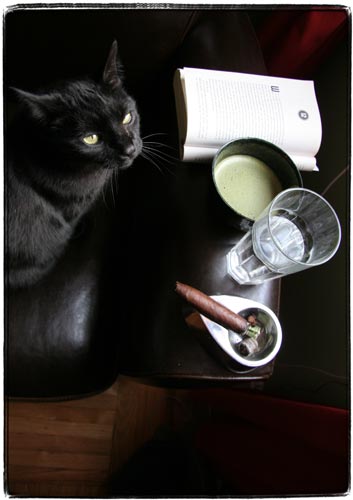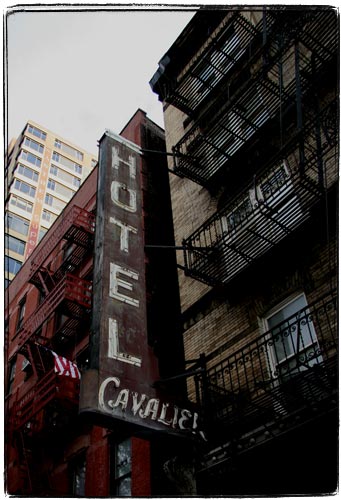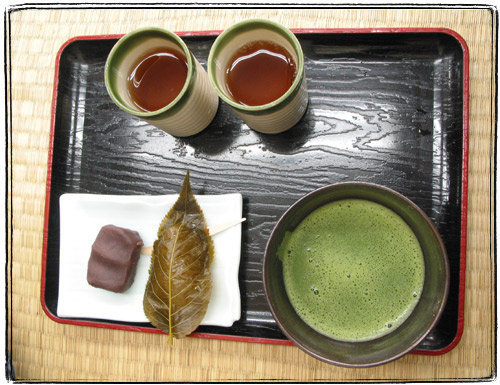I’ve been to Joe’s today and had one of their iced lattes. And then another one. It’s so nice to finally have a high quality alternative to Starbucks in Manhattan. I really, really hope they take off. I mean think about it — every espresso drink they make is light-years ahead of the same Starbucks drink. You can taste burnt beans and probably ass in Starbucks iced lattes, the Joe’s version is smooth and almost chocolaty, and tastes like the coffee smell (that’s the best way I can describe it).
I told Jonathan, the owner of Joe’s about Matcha teaa long while back, but he totally blew me off. I even offered to come over and make some for him. Anyway, *$’s is pushing Matcha based drinks and having some success with them. Why wouldn’t they – Matcha to tea is what espresso is to coffee. Maybe now he’ll consider it, and do it right for a change. Matcha should be enjoyed whipped in a bowl with water, although mixing it with milk, and even spreading it on a toast with butter is acceptable to me at least.
I guess I should stock up on Matcha though – Starbucks purchasing might raise the prices a lot. Somehow I doubt that they buy the good stuff from Kyoto. Maybe they figured out a way to get it someplace cheaper — at a couple of bucks a gram I don’t think high quality “thick” Matcha is attractive to them.



